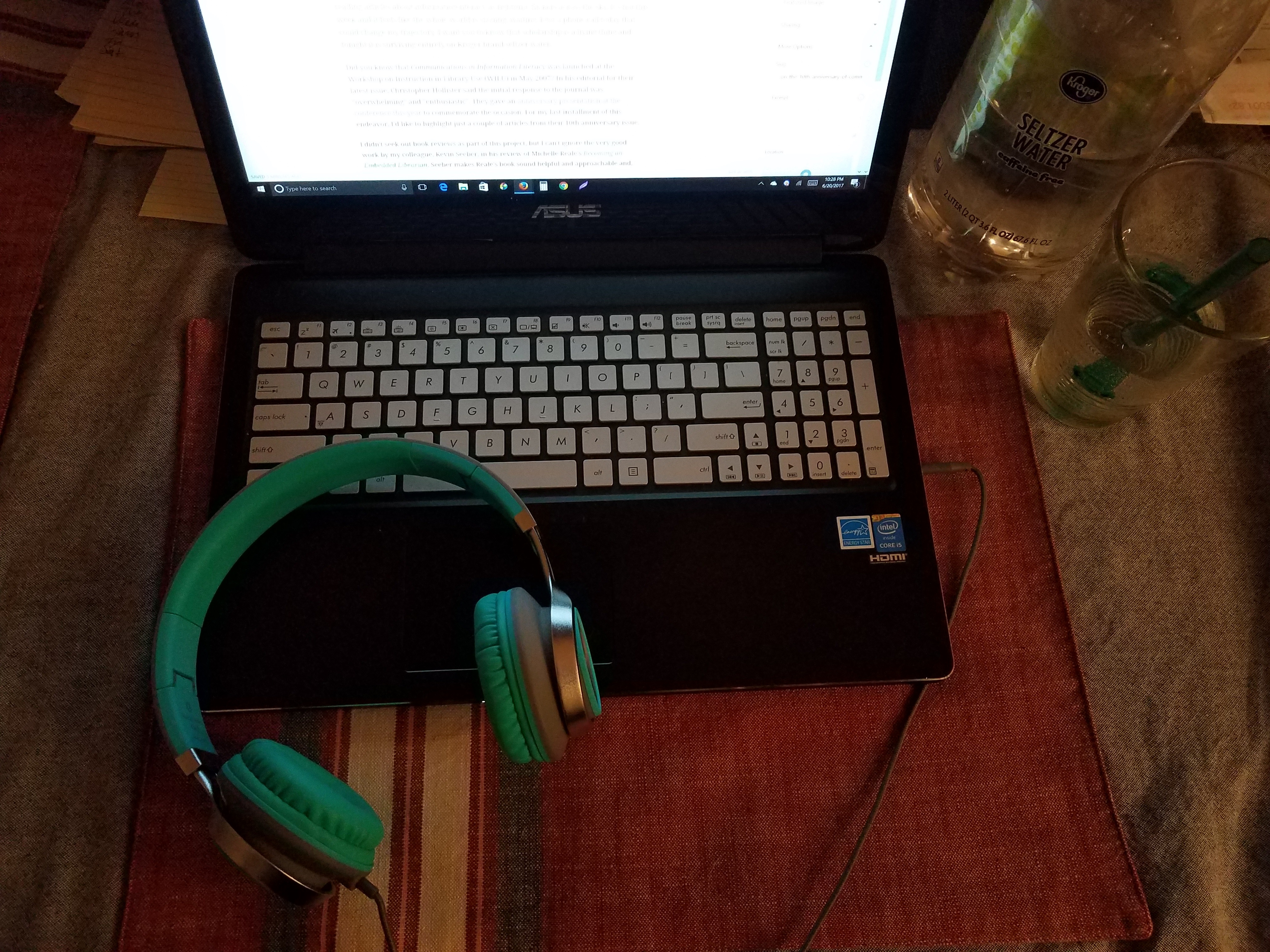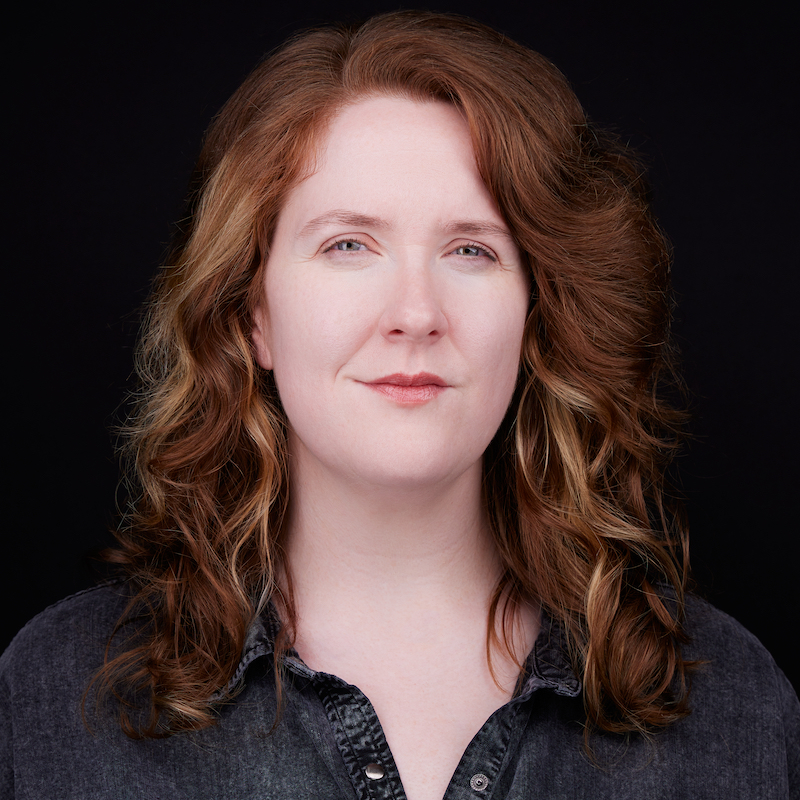Did you know that tomorrow is the longest day of the year? I’m at my dining room table, reading articles about information literacy as lightning flickers across the sky. It’s hot this week and it feels like the whole world is sizzling, waiting. I got a phone call today that could change my trajectory. I want you to know that scholarship is a living thing and tonight it is surviving entirely on Kroger brand seltzer water.

Did you know that Communications in Information Literacy was launched at the Workshop on Instruction in Library Use (WILU) in May 2007? In his editorial for their latest issue, Christopher Hollister said the initial response to the journal was “overwhelming” and “enthusiastic”. They gave an anniversary presentation at the conference this year to commemorate the occasion. For my last installment of this endeavor, I’d like to highlight just a couple of articles from their 10th anniversary issue.
I didn’t seek out book reviews as part of this project, but I can’t ignore the very good work by my colleague, Kevin Seeber, in his review of Michelle Reale’s Becoming an Embedded Librarian. Seeber makes Reale’s book sound helpful and approachable and, most importantly, like something I would want to read, even though I’m not particularly interested in the topic of embedded librarianship. It seems to me that embedded librarianship is a model of librarian labor that’s falling out of favor, but Seeber makes the case that Reale’s book highlights the importance of library-faculty relationships.
Sandra Cowan and Nicole Eva, both at the University of Lethbridge, suggest that librarians should take a multifaceted approach to help faculty incorporate information literacy skills and instruction in their own courses. As they state in their literature review, this is not a new idea. The article is probably most worthwhile for exactly that–their literature review weaves together a variety of perspectives about faculty perceptions of information literacy and the nature of library/faculty relationships (many citations looked familiar to me, thanks to this project!). I’m not sure that their article gave me any new approaches to collaborating with faculty, but I appreciate their contribution. I’d like to see more authors acknowledge that expanding one-shot information literacy instruction programs will not yield more information literate students, especially if the one-shot program supports low-quality curriculum focused on outdated research skills and behaviors.
My favorite article is Khalid Mahmood’s analysis of 53 empirical research studies that compared students’ self-assessed information literacy skills with their actual skills, looking for evidence of the Dunning-Kruger effect. In his conclusion that should surprise no one, self-assessment is not an accurate indicator of actual skill level. Or, as I like to remind information literacy assessment librarians everywhere: student self-confidence is not an indicator of learning outcomes achieved. If your library is trying to move away from self-assessments that focus on satisfaction and confidence after information literacy instruction (e.g., asking students to rate how confident they feel about research after a one-shot), I strongly recommend that you make Mahmood’s article required reading for your next library meeting.

I listened to “Phenomena” by the Yeah Yeah Yeahs fifteen times while drafting this post. Did you know that you are a phenomenon? “A fact or situation that is observed to exist or happen.” Like lightning. Or writing. Information literacy. Effort. Failure. Connection.
Thanks for sticking with me, you dear witnesses you.
References
Cowan, S., & Eva, N. (2016). Changing our aim: Infiltrating faculty with information literacy. Communications In Information Literacy, 10(2). Retrieved June 21, 2017, from http://www.comminfolit.org/index.php?journal=cil&page=article&op=view&path%5B%5D=v10i2p163&path%5B%5D=23911
Hollister, C. (2016). A decade of CIL. Communications In Information Literacy, 10(2). Retrieved June 21, 2017, from http://www.comminfolit.org/index.php?journal=cil&page=article&op=view&path%5B%5D=v10i2p120
Mahmood, K. (2016). Do people overestimate their information literacy skills? A systematic review of empirical evidence on the Dunning-Kruger effect. Communications In Information Literacy, 10(2). Retrieved June 21, 2017, from http://www.comminfolit.org/index.php?journal=cil&page=article&op=view&path%5B%5D=v10i2p199&path%5B%5D=243

